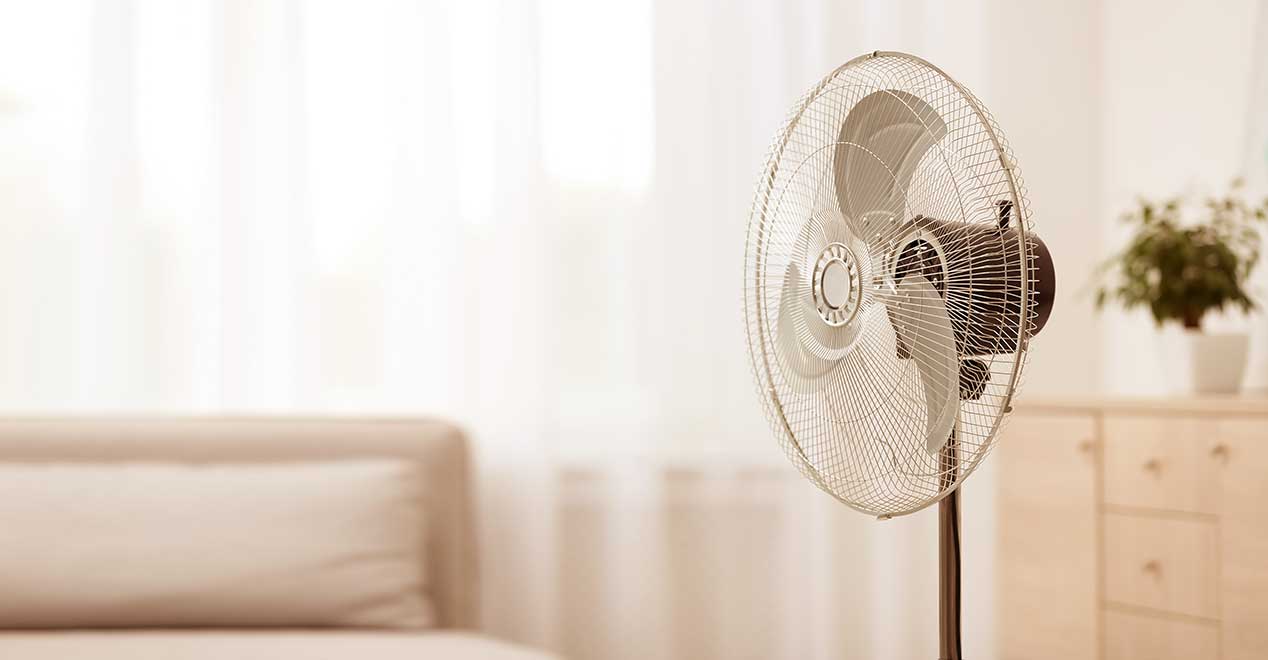Chill Out Without the Chill: Genius Hacks for Saving Energy on AC!
Discover efficient cooling solutions for homes: AC tips and eco-friendly alternatives. Stay cool while saving energy!
Discover energy-efficient ways to keep your home cool with fans. Beat the heat this summer!

Discover efficient cooling solutions for homes: AC tips and eco-friendly alternatives. Stay cool while saving energy!
Stay cool and help reduce your energy bills with our refreshing guide to a cool home. Embrace natural ventilation, smart thermostat tricks, and...
Find out how proper ventilation enhances energy efficiency in your home. Tips & FAQs included!